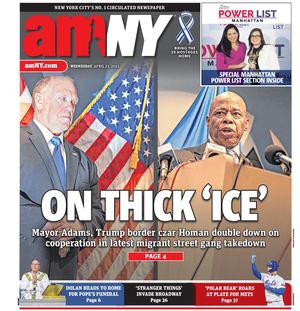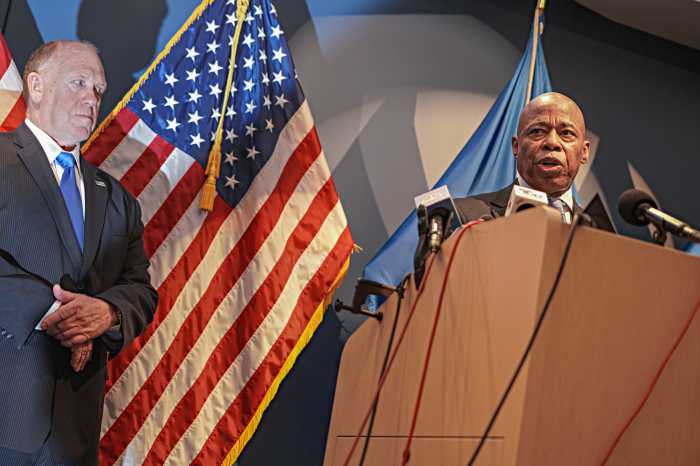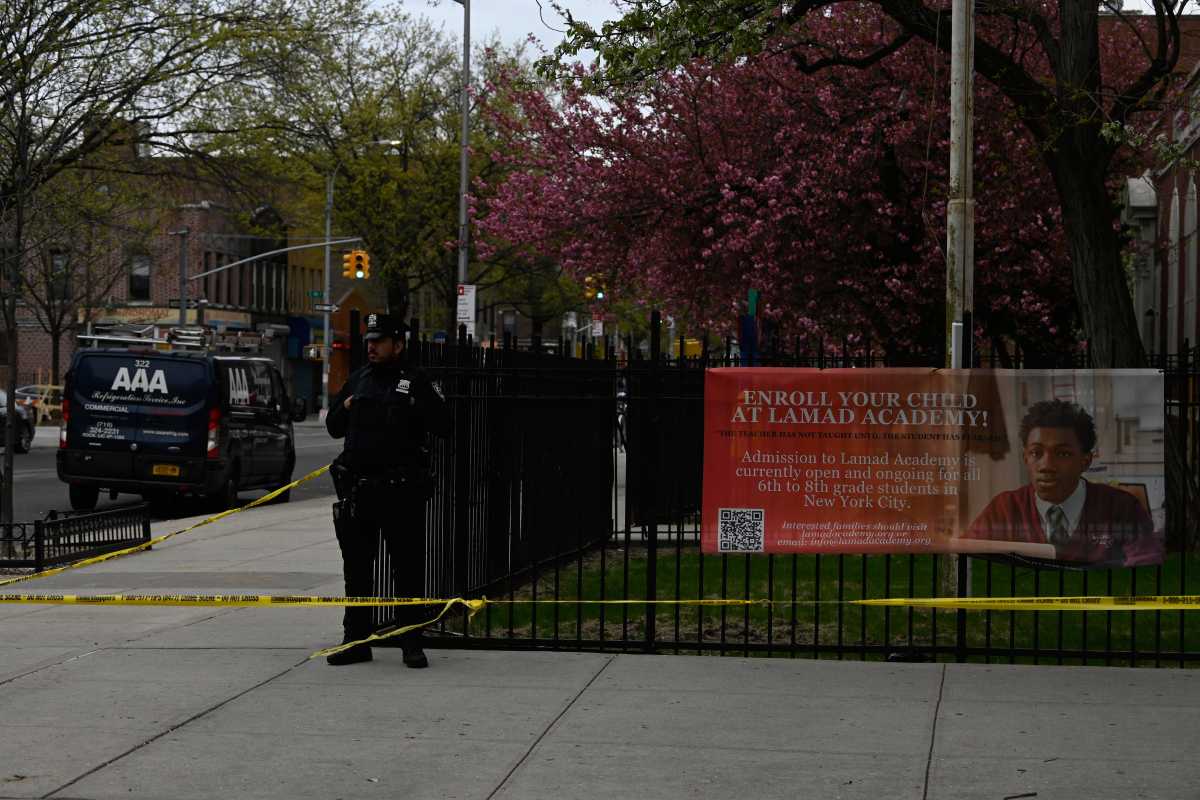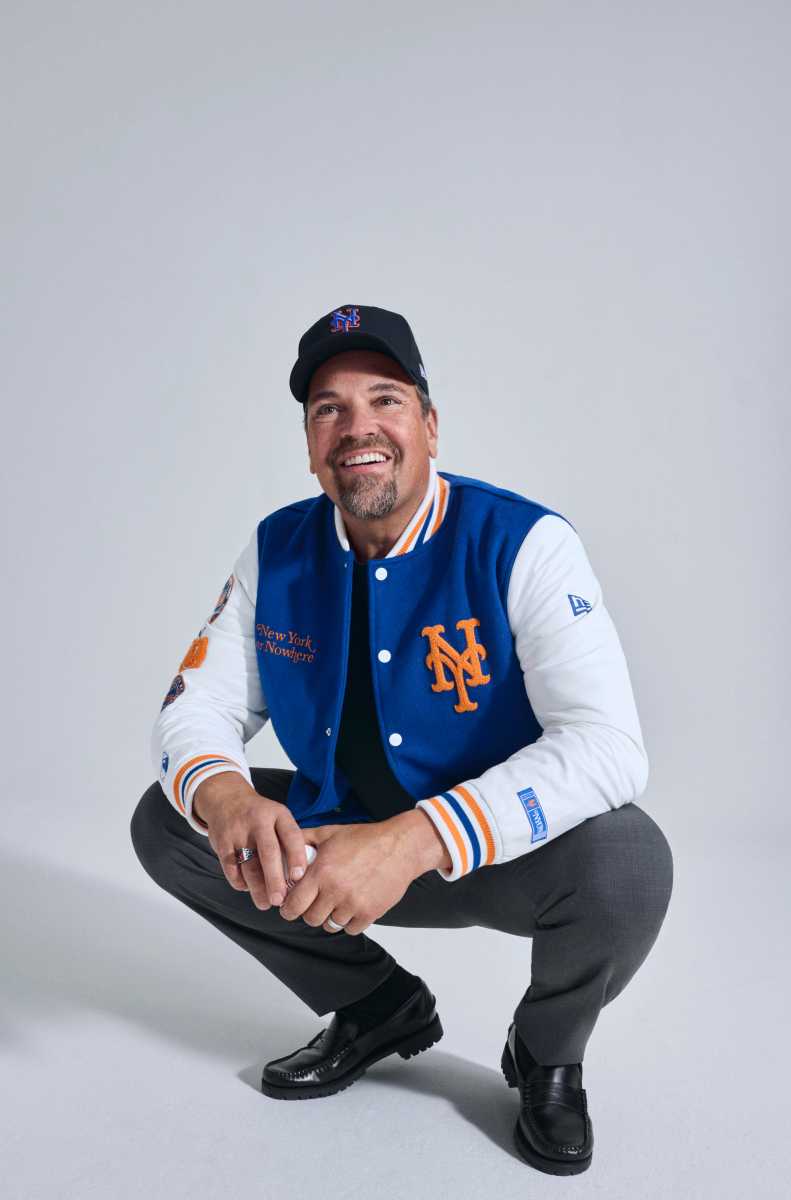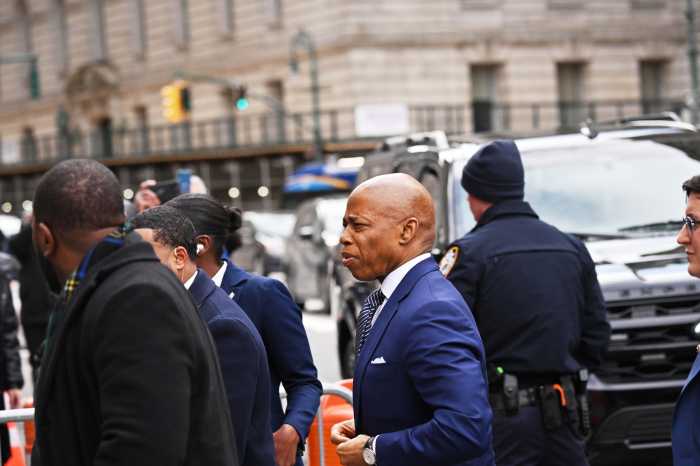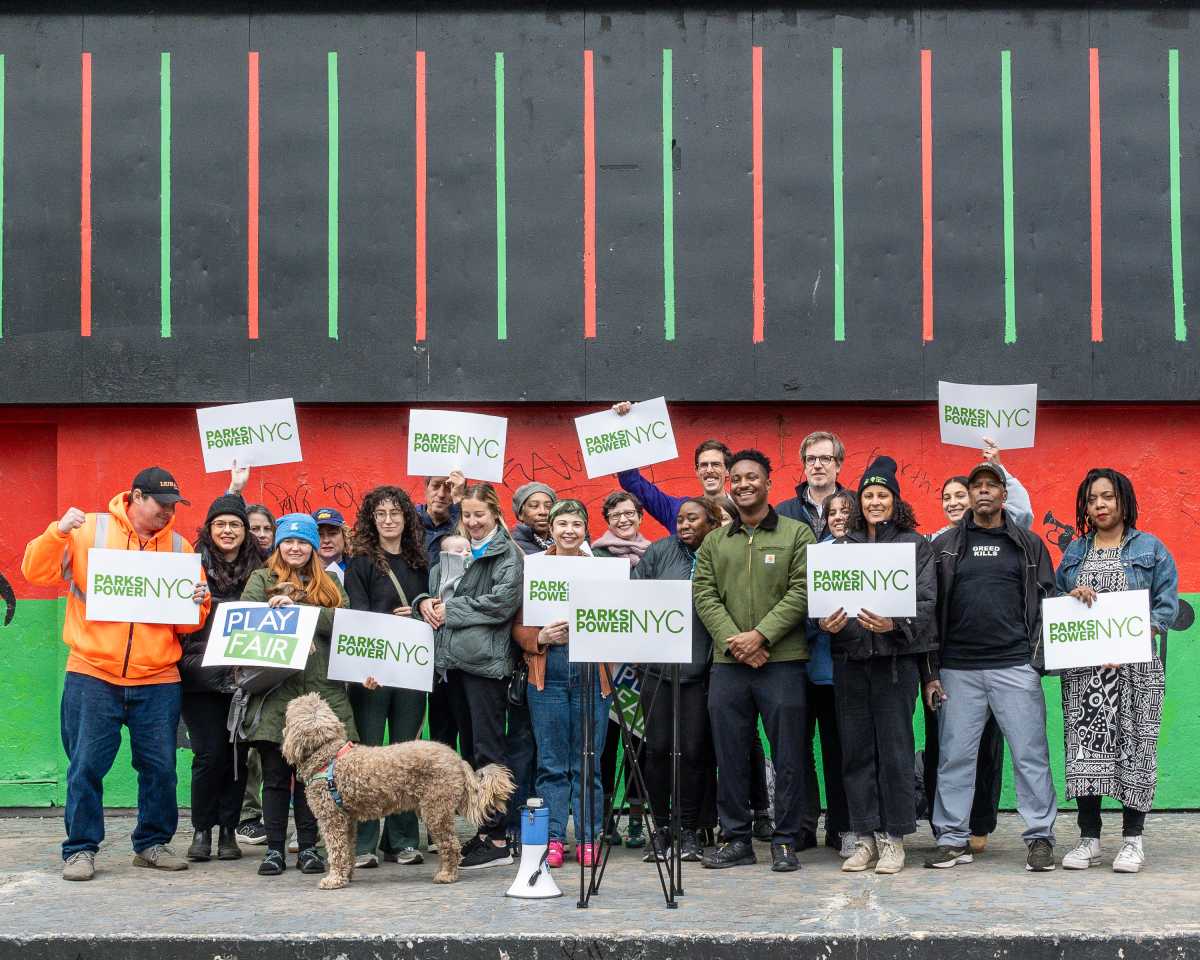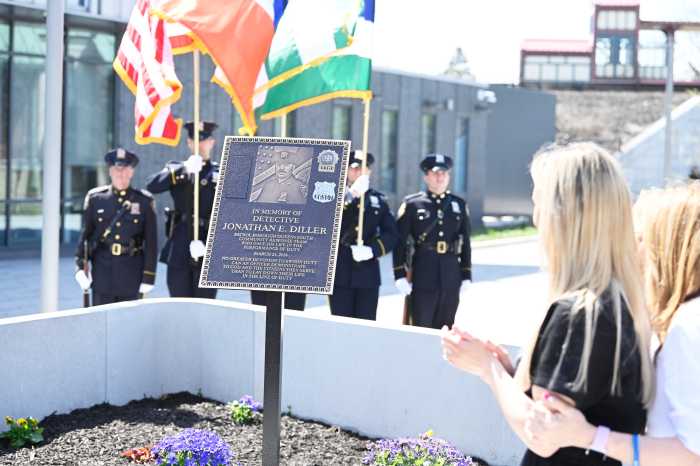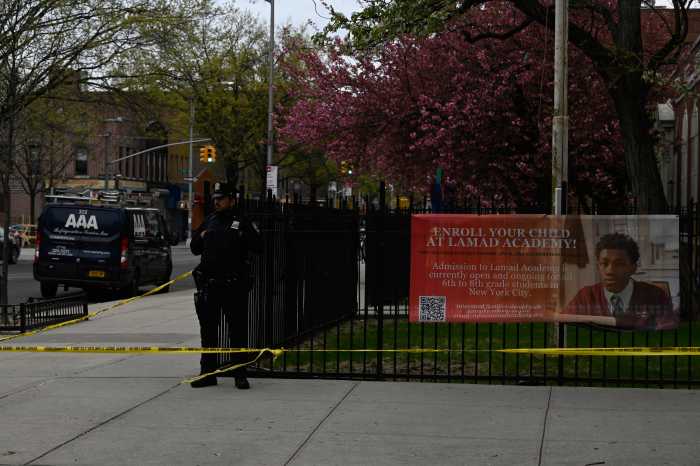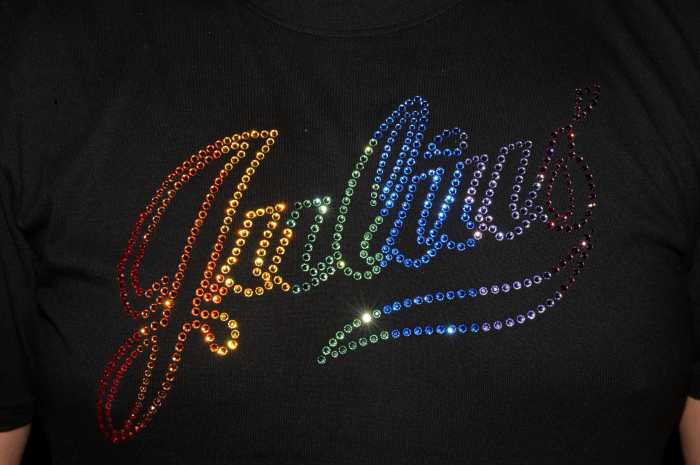The de Blasio administration announced new measures on Sunday to reduce the risk of lead exposure for children, weeks after the New York City Housing Authority admitted to misleading the public and federal government for years about the number of kids living in its apartments with concerning blood lead levels.
The city will now begin environmental investigations for all children younger than 18 who test above a blood lead level (BLL) of 5 micrograms per deciliter. If lead paint is detected during the investigation, an abatement order will be issued by the Department of Health and Mental Hygiene and the building’s owner will be told to remove the hazardous material.
Previously, an investigation into the source of lead exposure was triggered when a child’s BLL tested above 10 micrograms per deciliter. If a child tested above 5 micrograms per deciliter, the health department was required to notify the family but was not mandated to open an environmental investigation.
Between 2016 and 2017, the city recorded 4,293 cases of children younger than 6 who had a BLL at or above 5 micrograms per deciliter.
The Centers for Disease Control and Prevention recommends that the city reach out to parents or guardians of children who test above 5 micrograms per deciliter. Blood lead levels above 10 micrograms per deciliter should trigger an environmental assessment that includes a home visit, according to the CDC.
The health department already has begun investigations for children at NYCHA developments and will implement the new rules for the rest of the city by the end of the year, according to the mayor’s office.
The announcement comes one day after a Daily News report that revealed the city knew of more than 800 children living in NYCHA apartments between 2012 and 2016 who had blood lead levels between 5 and 9 micrograms per deciliter.
In June, Geoffrey Berman, the U.S. attorney for the Southern District of New York, filed a civil complaint against NYCHA, accusing the authority of misleading inspectors regarding lead paint hazards, as well as other potentially dangerous conditions, in its developments.
According to the complaint, the health department identified 202 children living in NYCHA apartments between 2010 and 2015 who had a BLL at or above 10 micrograms per deciliter.
The health department, however, only inspected the homes of 121 of those children, per the complaint. Of those inspections, the health department found peeling lead paint in 68 homes and issued abatement orders to NYCHA.
But it is NYCHA policy to contest every order to abate lead paint that the health department issues, according to the complaint. Because of this policy, the city only admits to 19 cases where a home visit due to elevated blood lead levels resulted in the discovery of lead paint in the apartment.
“NYCHA’s process for contesting the lead paint finding is to send its own employees to retrieve a sample of the paint that NYC DOH identified to be positive for lead, and send that sample to a third-party laboratory to test for lead,” the complaint reads. “As a result of this contestation process, NYC DOH retracted its findings of lead paint in the NYCHA homes of 50 children, leaving 18 confirmed cases. In 2016, NYC DOH confirmed one more case.”
The de Blasio administration’s expansion to its lead testing program coincides with legislation introduced in the City Council that would codify the 5 micrograms per deciliter threshold for environmental investigations.
“Nearly 4,300 children tested positive for high amounts of lead in their system in 2017, which is 4,300 too many,” City Council Speaker Corey Johnson said in an emailed statement. “These measures, along with strict enforcement of existing laws, will help bring the number of children with high lead levels in the city down to the ultimate goal of zero.”
